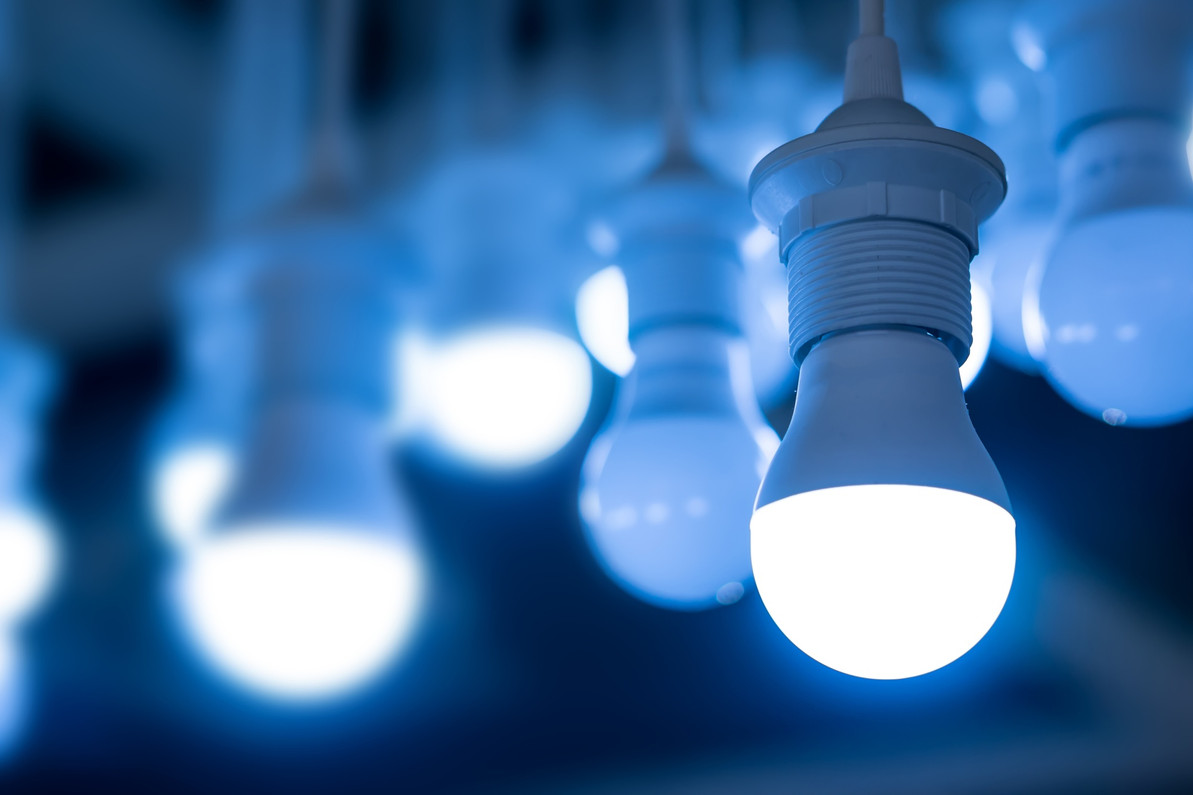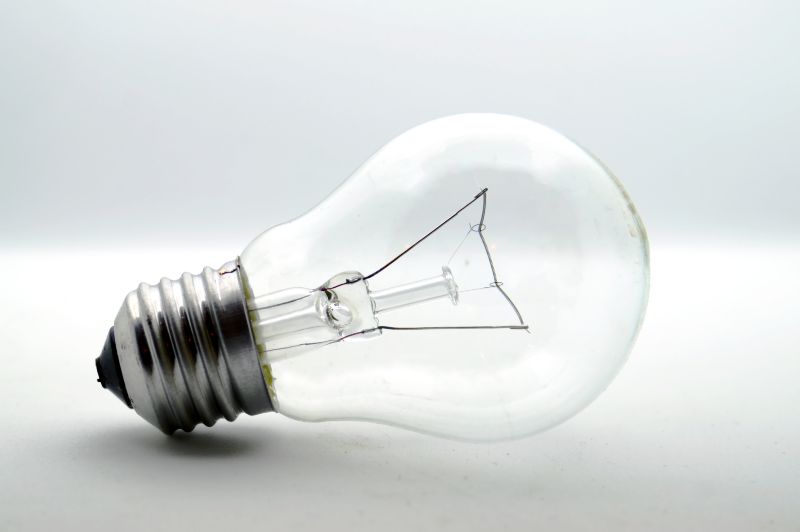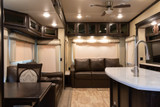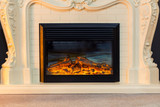Learn How Upgrading To LED Lights Could Improve Your RV Experience | RecPro
Retrofitting LED lights into an older RV is a great way to unlock long-term energy savings without committing to significant mechanical changes. Durable and reliable, LEDs are designed to last up to ten times longer than other types of lighting. This means that you can count on your retrofitted lights to continue working for several years, even when exposed to strenuous service conditions that come part and parcel with life on the road. In addition, LEDs use significantly less energy than other types of lighting, making them a more cost-effective choice in terms of energy consumption.
The Humble Light-Emitting Diode
LED lights are straightforward to install and require minimal maintenance. Since they are designed to run on lower voltage than their predecessors, installation is simple and can often be done without additional wiring. The step-down process compensates for the higher mains voltage, and the rectification process (AC to DC conversion) takes place onboard each light. This means that you don't need to do any further wiring/electrical system modification, as the lights themselves are, as they say, "backwards compatible."
Taking the time to swap old incandescent or CFL bulbs has the potential to significantly cut down on your electric bill while camping, which translates to more of your hard-earned money being saved on your camping trips.
Customize your color & color temperature with ease
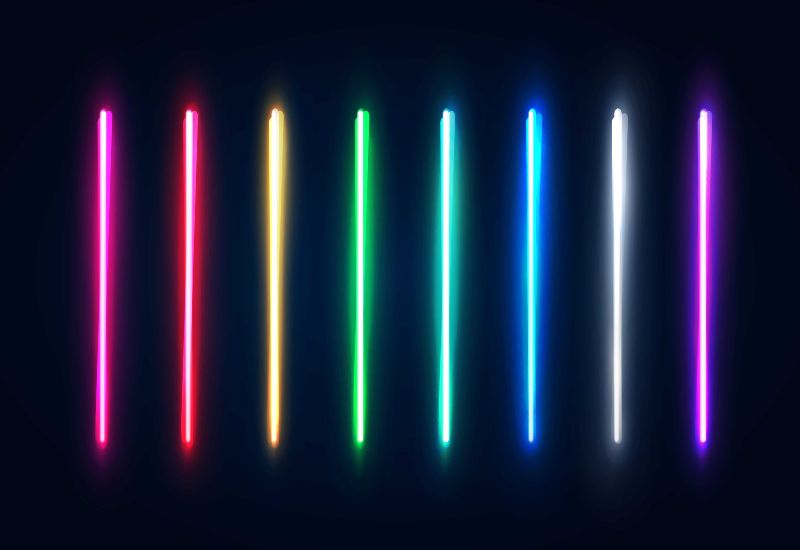 LED's come in a variety of colors and styles, no longer limited to single colors as they were in earlier phases of their development cycle. If you are very taken with a specific slice of the color spectrum, there is undoubtedly an option out there that will cater to your preferences. Unlike older bulb technologies, LEDs can also be dimmed without impacting their service life.
LED's come in a variety of colors and styles, no longer limited to single colors as they were in earlier phases of their development cycle. If you are very taken with a specific slice of the color spectrum, there is undoubtedly an option out there that will cater to your preferences. Unlike older bulb technologies, LEDs can also be dimmed without impacting their service life.
RecPro offers a few stylish options to consider when upgrading your light system. There are several options available!
Is smart lighting an option for you?
There are even options on the market for "smart" LED bulbs with Bluetooth and/or wifi connectivity, some of which include speakers and sound-reactive lighting... all able to be controlled via an app on your smartphone. The days of choosing between the 3 discrete Kelvin values are long gone; you can now change lighting on-the-fly with your smart device or voice assistant if you choose to. An understated benefit to LED lights is their lack of UV light production, meaning that the LEDs won't bleach color from or prematurely age surrounding materials as other bulbs tend to.
Smart lighting is at the forefront of home automation thanks to the Internet of Things (IoT). Smart lights connect to a wifi network or via Bluetooth and allow users to control their lights virtually anywhere in the world via an app or a voice assistant. This helps save energy, increases convenience, and can even add security.
With smart lights, you can set schedules for when your lights come on or dim them based on occupancy or time of day. You can also adjust the color temperature for optimal lighting for different tasks or environments. Additionally, some smart lights have sensors that allow them to function as motion detectors. They can be used for security purposes, like turning on when someone enters their sensor range after dark. Overall, smart lighting provides a multitude of benefits, making them a great addition to any internet-connected RV. If this topic interests you, here is a source for further research
How do LEDs differ from their predecessors?
One downside of LEDs is that the tried and true testing method for incandescent bulbs (shaking it next to your ear and listing for the filament tinkling inside) no longer holds up. The light-emitting diode operates on an entirely different principle. It produces its light via semiconductor, as opposed to electrically exciting a gas (i.e., CFL, Neon, Xenon, Halogen, Sodium) or utilizing the particular resistive properties of a filament or tungsten wire (incandescent).
It has been determined that incandescent light bulbs waste 90% of the energy they draw, producing heat, with the remaining 10% of the energy being actual light production. Light production of an incandescent bulb is, at best, a secondary byproduct of what essentially is just a teeny tiny resistive heater. With LED lights, the ratio is neatly flipped, with 90% of the energy being utilized in light production and the balance being in heat production.
General-purpose incandescent bulbs have been effectively removed from the US market, having entered a phase-out period. This has been achieved via the legislated increase of light bulb energy efficiency standards, which have been raised to a point where incandescent lights cannot qualify.
How does all of this information apply to my RV experience?
All this information has significant implications for RV owners, who may understandably want to keep latent heat production to a minimum in the summer months. As it is challenging enough to manage interior temperatures when outside temperatures are high, any steps you can take to lessen your generated latent heat will be beneficial and reflected in your energy bill... After all, any heat you generate inside your living quarters represents more work for your air conditioner or fans in those hot portions of the year. Of course, the argument from the standpoint of energy efficiency and long-term cost savings also comes into play here.
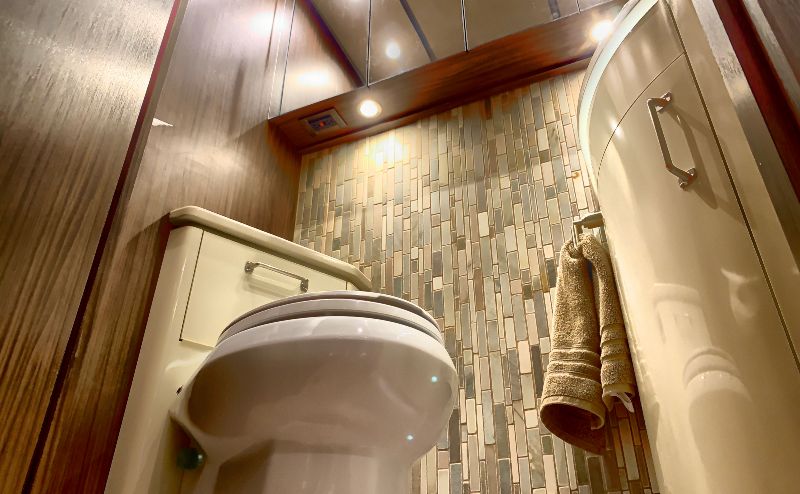 Granted, this excess heat generated by older lights may be welcomed in the winter months. Still, the difference between the energy efficiencies of the bulb technologies makes LEDs a clear winner when looking at the issue in terms of long-term energy cost savings.
Granted, this excess heat generated by older lights may be welcomed in the winter months. Still, the difference between the energy efficiencies of the bulb technologies makes LEDs a clear winner when looking at the issue in terms of long-term energy cost savings.
Overall, LED lighting is an excellent choice for RV owners looking to upgrade their lights and start saving energy and money. When it comes down to it, LEDs have so many advantages over older lighting technologies that it's hard to list them all. Durable, reliable, and long-lasting, these bulbs provide a cost-effective solution that can help cut down on electricity bills while keeping you well-lit during your travels. If you haven't made the switch to LEDs in your RV yet, now is the time! They'll save you money on your energy bill and give you more light control than ever before.
Do you use any Smart Lights or LEDs in your RV? Tell us about your experience with them in the comments below!
Recent Posts
-
Can You Put Regular Furniture in an RV?
Many new and old RV owners ask themselves this question when they feel the need to update th …Apr 25th 2024 -
4 Tips for Securing RV Furniture While Traveling | RecPro
How To Secure RV Furniture There are few things that beat going out on an adventure with an RV …Apr 25th 2024 -
How To Keep RV Furniture From Peeling
Peeling RV Furniture | Why it Peels and How to Stop it Your RV furniture is a point of pride on yo …Apr 25th 2024 -
Turning up the Heat With an RV Fireplace
There’s an unlimited number of cool and exciting features you could add to your recreational vehicle …Apr 25th 2024 -
How To Install An RV Fireplace
A Warm Addition to Your On-Wheels: The DIY RV Fireplace Installation Guide Many RV enthusiasts ask …Apr 25th 2024 -
Are RV Electric Fireplaces Safe
Being Safe in Your RV with an Electric Fireplace Safety is always going to be one of your highest …Apr 25th 2024

